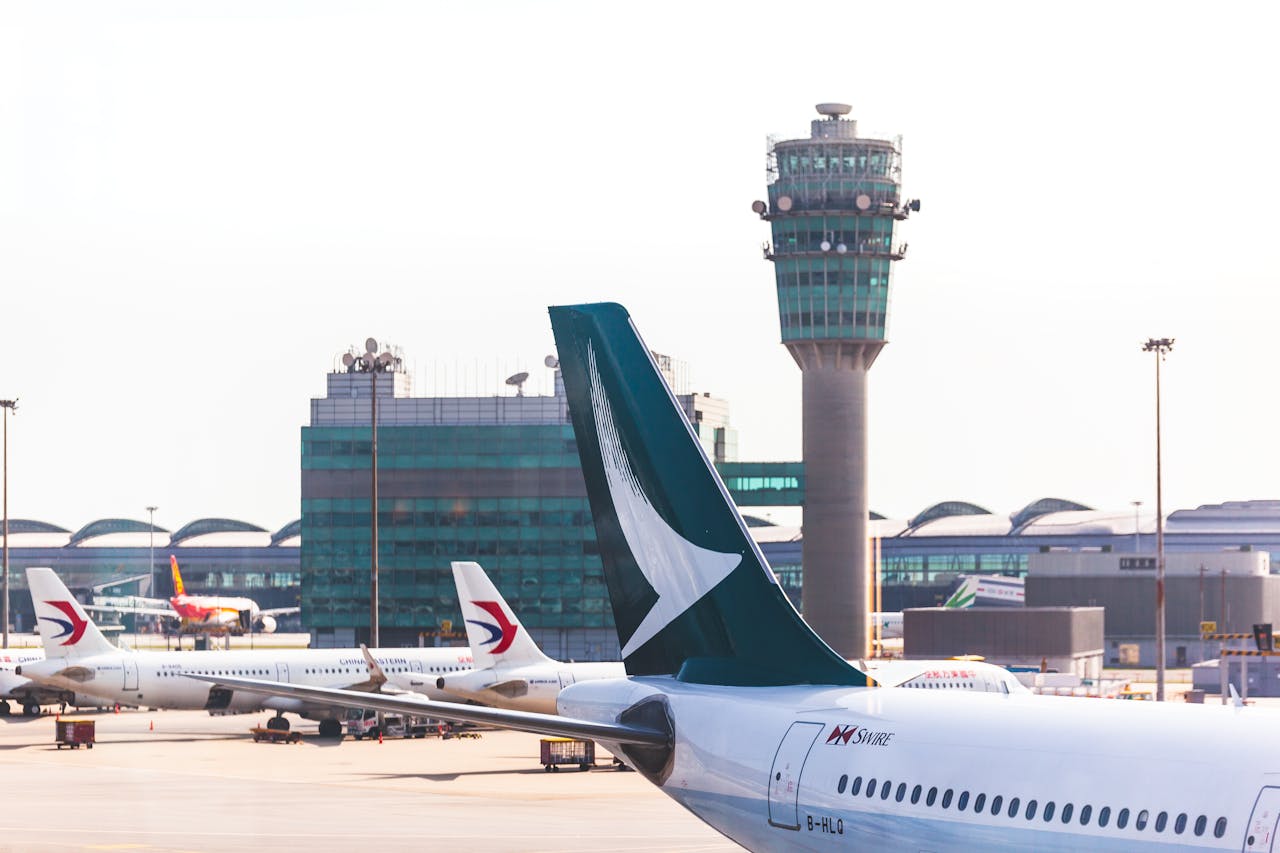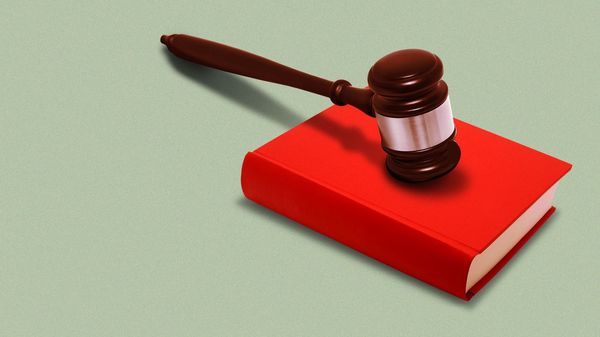
If you’ve ever flown on a commercial airline, you’ve probably noticed that food prices aren’t easy to find until you’re already thousands of feet in the air. The moment you feel hungry and start looking for a snack, that’s when the menu comes out—and the sticker shock hits. Why do airlines wait until you’re already hungry to reveal what you’ll pay for a sandwich or chips? Understanding why airlines hide food prices matters for travelers who want to budget wisely and avoid spending more than planned. This small detail can have a big impact on your wallet and your overall flying experience. It’s not just about convenience; it’s a calculated strategy that airlines use to influence your in-flight spending. If you’re curious about what’s really going on, you’re not alone. Let’s break down the reasons behind this practice and how it affects you as a passenger.
1. Captive Audience and Limited Choices
The primary reason airlines hide food prices until you’re already hungry is that you’re a captive audience. Once you’re on the plane, your choices are limited. You can’t bring in fresh food from outside, and you can’t run to a nearby store. When you’re hungry at 35,000 feet, you’re much more likely to buy what’s available—even if it’s overpriced.
This scarcity gives airlines leverage. By delaying the reveal of food prices, they increase the odds that you’ll buy something simply because you have no other options. The fewer choices you have, the more power the airline holds over your decision-making. This approach is common in environments where people can’t leave or shop around, such as movie theaters or sports arenas. In the air, however, the stakes feel higher because you can’t just wait until you land if you’re hungry now.
2. Psychological Pricing Tactics
Another reason airlines hide food prices until you’re already hungry is psychological. When you’re hungry, your ability to make rational financial decisions drops. Hunger affects your brain’s impulse control and makes you more likely to spend on convenience, even if you wouldn’t normally pay that much.
Airlines take advantage of this by waiting until you’re at your hungriest before showing you the food menu and prices. At that point, you’re less likely to balk at the cost. You may have planned to skip buying food, but once your stomach starts rumbling, those $10 sandwiches seem a lot more tempting. By revealing prices when you’re vulnerable, airlines maximize their sales and profits.
3. Streamlining the Boarding Process
Revealing food prices during the booking or boarding process would slow things down and create unnecessary complications. Airlines want to keep check-in and boarding as efficient as possible. If everyone stopped to ask about meal options and pricing, lines would get longer and flights could be delayed.
By only offering food menus once the plane is cruising, airlines keep the pre-flight process focused on getting everyone seated quickly. This also means fewer questions for staff to answer and less confusion before takeoff. Efficiency wins out over transparency in this case, even if it means passengers are caught off guard by food prices later on.
4. Encouraging Impulse Purchases
Impulse buying is a huge part of in-flight sales. When airlines hide food prices until you’re already hungry, they’re counting on passengers making quick decisions. Hunger creates urgency, and when you see a cart rolling down the aisle with snacks and drinks, your instincts kick in.
Many passengers don’t plan to eat on the plane, but change their minds when they see and smell the food. By revealing prices at the last minute, airlines increase the chances of those spontaneous purchases. This is a well-known tactic in retail, where items placed near the checkout are meant to trigger impulse buys. In the sky, the same principle applies—except your alternatives are even more limited.
5. Higher Revenue from Onboard Sales
Food sales are a significant revenue stream for many airlines, especially low-cost carriers. When airlines hide food prices until you’re already hungry, they can charge more for basic items than they could if you had time to compare or plan ahead. Passengers who might have packed a snack or meal are now faced with the decision: pay up, or go hungry until you land.
This approach allows airlines to keep base fares lower while making up the difference through onboard sales. It’s a classic upsell strategy. The airline’s profit margins on food and drinks are much higher than what you’d find at a typical grocery store.
What Can Passengers Do?
Knowing that airlines hide food prices until you’re already hungry can help you plan ahead. If you want to avoid paying high in-flight prices, try eating before your flight or packing your own snacks. Even a small snack from home can save you from a pricey impulse buy when hunger strikes mid-flight.
It’s also worth checking your airline’s website before you fly. Some carriers now post their menus and prices online, giving you a chance to budget or plan accordingly. Being informed and prepared is the best defense against unexpected expenses in the air.
Have you ever been surprised by how much airline food costs? Share your experience or tips for saving money on in-flight meals in the comments below!
What to Read Next…
- Flight Nightmares: 6 Reasons Why You Must Get Flight Insurance
- What Is The Real Cost Of Discount Airlines To Consumers?
- 10 Things That Annoy Everyone On Planes
- Why Some Menu Specials Are Just Leftovers With A Fancy Name
- 8 Crazy Things Happening Behind The Scenes At Your Favorite Restaurant
The post Why Do Airlines Hide Food Prices Until You’re Already Hungry? appeared first on Grocery Coupon Guide.







